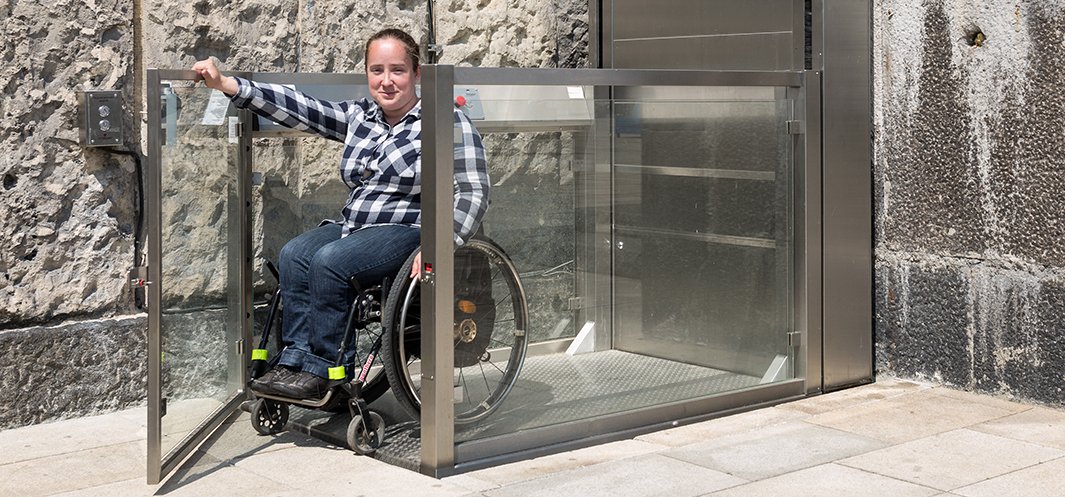Facilities for the disabled
Most venues of the National Museum in Krakow are accessible to people with mobility disorders, although they are located in historic buildings, which are more difficult to adapt. In 2007, the Krakow City Hall and the Friends of Integration Association organised a ”Krakow without barriers” competition, and the jury decided to award the management and staff of the National Museum in Krakow for their constant efforts aimed at adapting Museum branches to the needs of the disabled and at making the Museum collections fully accessible. A branch of the National Museum in Krakow – the Bishop Erazm Ciołek Palace – won in the “Historic monument” category, which is very prestigious due to the ancient character of the city. The Gallery of 19th Polish Century Art in the Cloth Hall – a branch of the Museum – won the “2010 Cracow without barriers” competition as a venue best adapted to the needs of the disabled in the category “Historic venues and spaces”. The jury recognised the fact that the renovation and modernisation of the Gallery were among the largest restoration investments in Europe, which allowed to introduce very high standards of use and to follow the restoration rules.
2013 – EUROPEUM awarded in the 7th edition of the architecture competition “Krakow without barriers”
The European Culture Centre EUROPEUM, a new branch of the Museum, was awarded in this year’s “Cracow without barriers” competition in the “Historic venues and spaces” category. The branch was distinguished for its good example of adapting an existing building to the needs of the disabled. Especially noteworthy are the design solutions that fit the context of this place very well.
The ancient Old Granary, erected in the 17th century, neighbouring the Capuchin Monastery and in the vicinity of the Market Square, was subject to numerous conversions. After World War II, the building was taken over by the National Museum in Cracow. EUROPEUM is also a place of education and is the only Western European painting collection information centre in Poland. Its purpose in the 21st century is to remind the visitors of the centuries-old rooting of our culture and art in Europe. EUROPEUM houses exhibitions, events, concerts and lectures on European culture in general.
One of the achievements of EUROPEUM is the introduction of a modern lift to the historic interior allowing free access for wheelchairs. The lift has Braille buttons. The sidewalk at the entrance to EUROPEUM was equipped with a comfortable ramp levelling the building doorstep. Educational rooms were equipped with an induction loop to facilitate the reception of sound by the hearing impaired using hearing aids. The Museum purchased additional innovative items to increase accessibility, secure the venues and enlarge the educational offer for the blind and visually impaired: Via Dot labelling of the place, a Braille labeller, a raised printing system (a thermographic printer), magnifying sheets for the visitors.
